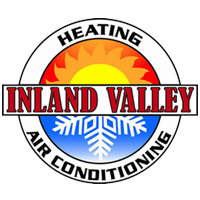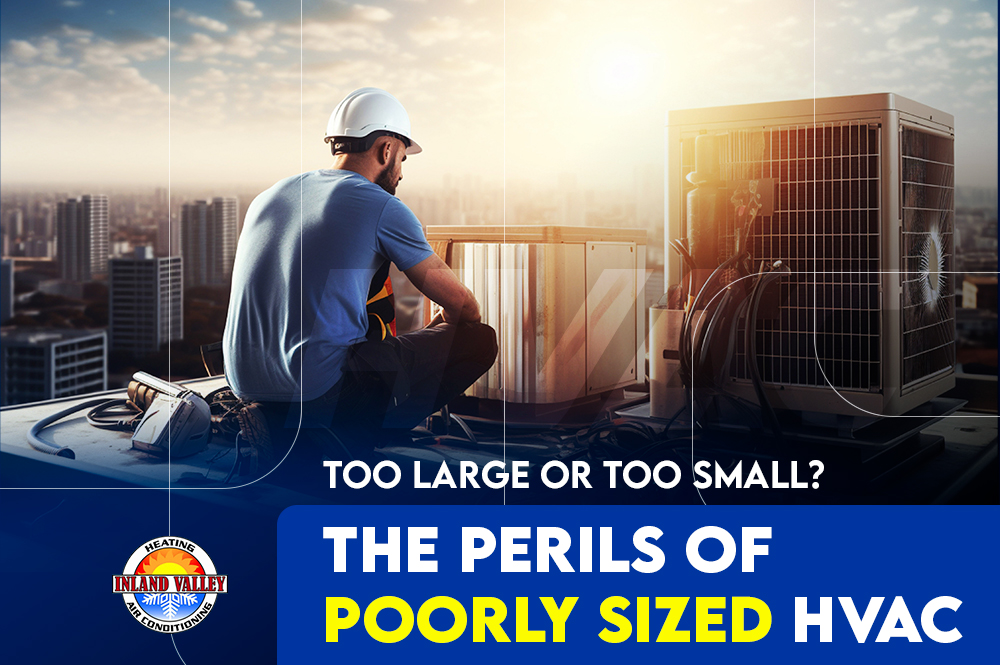Overview: How do you ensure your HVAC system is just right? Dive into our blog post for answers. From wasted energy to uneven comfort, we guide you through the nuances of HVAC sizing. Don’t let your indoor environment suffer – read on for expert insights on the pitfalls of poorly sized heating and cooling systems!
In the world of heating, ventilation, and air conditioning (HVAC), size matters — a lot. The Goldilocks principle comes into play: not too large, not too small, but just right. Unfortunately, many homeowners and businesses overlook the critical importance of properly sizing their HVAC systems, unwittingly setting the stage for a host of problems.
In this blog post, we’ll delve into the perils of poorly sized HVAC systems and why finding the perfect fit is essential for optimal comfort and efficiency.
The “Too Large“ Problem
Bigger isn’t always better, especially when it comes to HVAC systems. An oversized unit might seem like a powerful solution, capable of quickly reaching the desired temperature. However, the reality is far from ideal. Excessively oversized HVAC systems lead to frequent short-cycling, a process where the unit turns on and off rapidly.
This not only wastes energy but also wears out the components faster, reducing the system’s overall lifespan.
Furthermore, an oversized system tends to struggle with de-humidification. It cools the air so rapidly that it doesn’t have sufficient time to remove moisture, resulting in a clammy and uncomfortable indoor environment. In this scenario, residents or occupants may find themselves constantly adjusting the thermostat, chasing comfort that remains elusive.
>> Related Reading: Understanding the Risks of Over-sizing Your HVAC System
The Pitfalls of Being Too Small
Conversely, an undersized HVAC system is a recipe for inefficiency and discomfort. An undersized unit will strain to meet the demand, working overtime and consuming more energy than necessary. This not only spikes utility bills but also puts unnecessary stress on the system, leading to premature wear and tear.
Inadequate heating or cooling capacity can result in uneven temperature distribution throughout the space. Certain areas may feel too warm, while others remain chilly. The constant battle to maintain a comfortable temperature puts a strain on the system, leading to increased maintenance costs and potential breakdowns.
Here Are the 6 Signs Your AC Unit is Too Small for Your House
The Importance of Proper Sizing
The key to an efficient and effective HVAC system lies in meticulous sizing based on the specific needs of the space it serves. A professional HVAC technician considers factors such as the size of the building, insulation, windows, and local climate to determine the optimal size for the system.
Properly sized HVAC systems provide consistent and comfortable temperatures, optimal energy efficiency, and longevity. They operate seamlessly, avoiding the pitfalls associated with both oversized and undersized units. In the long run, investing the time and resources into accurate sizing pays off in reduced energy bills, fewer repairs, and a more comfortable living or working environment.
In Summary
When it comes to HVAC systems, the Goldilocks principle holds true — finding the perfect fit is crucial. Whether too large or too small, improperly sized units lead to a host of problems that can impact comfort, efficiency, and the overall lifespan of the system.
By enlisting the expertise of HVAC professionals and investing in accurate sizing, homeowners and businesses can enjoy the “just right” balance of comfort, efficiency, and longevity in their heating and cooling systems.
Need help choosing the right HVAC system for your space? You’ve come to the right place! At Inland Valley Air, we’re the HVAC experts. Contact us today!

